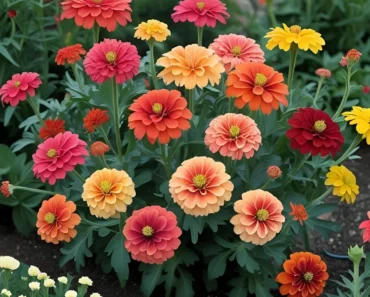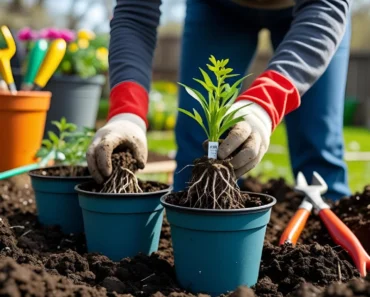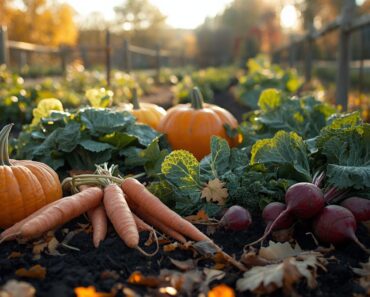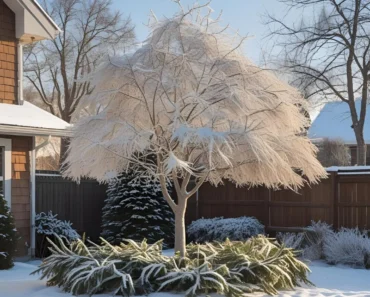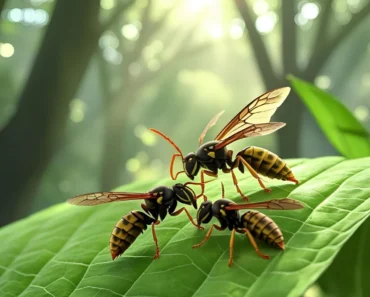Leggy seedlings—those tall, spindly, and weak young plants reaching awkwardly for the light—are a common challenge for both novice and experienced gardeners. These stretched seedlings struggle to develop strong stems, often leading to fragile plants that may falter when transplanted outdoors. Fortunately, there are simple and effective fixes that can rescue leggy seedlings and promote healthier, sturdier growth. This comprehensive article shares 7 proven tips and tricks to fix leggy seedlings and help your young plants thrive.
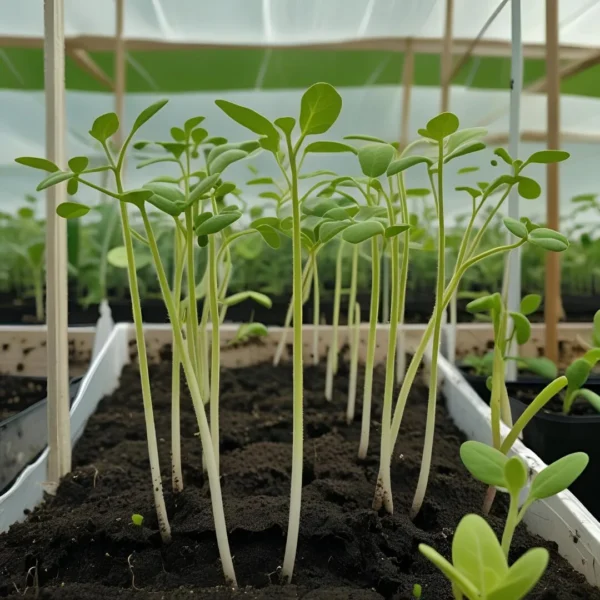
Understanding Why Seedlings Become Leggy
Seedlings go leggy primarily due to insufficient light, causing them to stretch in search of sunlight. Other factors can compound this issue:
-
Light Intensity and Duration: Weak or distant light leads seedlings to elongate.
-
Temperature: Excessive warmth accelerates stretching.
-
Crowding: Overgrown trays or pots create competition for light.
-
Air Movement: Lack of airflow weakens stems.
-
Water and Nutrient Imbalance: Excess water or nutrient deficiency can cause poor stem strength.
Knowing the causes informs the most effective corrective measures.marthastewart+2
1. Provide Adequate, Intense Light
Light quality is the single most critical factor to prevent and fix legginess.
-
Use full-spectrum LED or fluorescent grow lights specifically designed for seedlings.
-
Position lights 2–3 inches above the seedlings; adjust as they grow to maintain proximity without burning.
-
Provide 16–18 hours of light daily during the seedling phase.
-
Supplement natural light with grow lights during cloudy days or short winter days.
Without ample bright, focused light, seedlings will stretch and weaken as they “search” for it.nosoilsolutions+1
2. Adjust Temperature to Cooler, Optimal Ranges
Warm temperatures induce rapid, weak growth, leading to leggy seedlings.
-
Maintain daytime temperatures around 65–70°F (18–21°C) and nighttime temperatures 5–10°F cooler.
-
If using heat mats, remove them once seeds germinate.
-
Keep seedlings out of drafty, overly warm rooms like near heaters or sunny windows with temperature spikes.
Balanced temperatures slow elongation and promote sturdier stems.sowrightseeds+1
3. Thin and Space Seedlings Properly
Crowded seedlings compete for light and air, encouraging legginess.
-
Thin seedlings once true leaves appear, leaving only the strongest plants per cell or pot.
-
If multiple seeds were sown per container, separate and transplant seedlings before they crowd each other.
-
Proper spacing ensures each seedling receives adequate light and airflow.gardenbetty+1
4. Build Stem Strength with Gentle Stimulation
In nature, wind helps young plants develop strong stems.
-
Use a small oscillating fan to create gentle air movement around seedlings for a few hours daily.
-
Alternatively, lightly brush or stroke the tops of seedlings with your fingers once or twice a day.
-
This mechanical stimulation encourages thicker, sturdier stems by triggering plant defense hormones and reinforcing cell walls.
Increasing airflow also reduces damping-off disease risk by drying surface moisture.marthastewart+1
5. Correct Watering and Nutrient Balance
Overwatering encourages soft tissue growth liable to stretch and collapse.
-
Water only when the top soil begins to dry.
-
Use well-draining seed-starting mixes to ensure adequate oxygen at roots.
-
Apply balanced, diluted fertilizer cautiously; excess nitrogen can encourage leggy growth.
-
Avoid fertilizing until seedlings show true leaves.sowrightseeds+1
6. Repot and Bury Seedlings Deeper
Some seedlings, especially tomatoes and peppers, have the ability to develop roots along buried stems.
-
When transplanting a leggy seedling, bury it deeper than it was growing, covering most of the elongated stem.
-
This encourages root growth along the buried stem portion and provides better anchorage.
-
Use appropriately sized pots with fresh, nutrient-rich soil to support recovery.
This technique is a widely effective fix to salvage weak, stretched seedlings.sundaygardener+1
7. Harden Off Seedlings Outside Early and Often
Exposure to natural sunlight, wind, and outdoor temperature fluctuations toughens seedlings.
-
Start by placing seedlings outdoors for short periods on mild days, gradually increasing duration.
-
Ensure protection from harsh sun, wind, and temperature extremes during early hardening.
-
Early acclimatization builds stronger stems, enhances coloration, and reduces shock at transplant.
-
Start as soon as seedlings have two sets of true leaves.
Outdoor conditions are the ultimate natural strengthener for fragile seedlings.ruralsprout
Bonus Tips
-
Use reflective materials around seedlings to maximize available light.
-
Choose fast-growing seed starting mixes rich in organic matter.
-
Avoid using incandescent bulbs as sole light sources—they produce heat but little usable light.
-
Monitor seedlings daily in the critical early phases for quick adjustments.
-
Consider supplemental planting if seedlings appear too leggy to save, to ensure a healthy garden start.
Summary Table
| Fix | Purpose | Key Tips |
|---|---|---|
| Adequate Light | Prevents stretching | Use grow lights 2-3 inches above |
| Cooler Temperature | Slows rapid, weak growth | 65-70°F day, cooler at night |
| Thin & Space Seedlings | Reduces light competition | One strong seedling per cell/pot |
| Mechanical Stimulation | Builds thicker stems | Fan breeze or daily brushing |
| Proper Water & Nutrient | Avoids soft overgrowth | Water when dry, low N fertilizer |
| Deep Repotting for Tomatoes | Encourages root development on stem | Bury stem up to lowest leaves |
| Early Outdoor Hardening | Strengthens stems naturally | Gradual outdoor exposure |
Conclusion
Leggy seedlings are a common early hurdle that gardeners can overcome with several straightforward, practical techniques. Providing bright, consistent light, maintaining moderate temperatures, managing watering and nutrients appropriately, physically strengthening young plants, and employing deep repotting techniques for certain species can save and transform leggy seedlings into robust garden starters. Regular outdoor hardening off further naturalizes seedlings, ensuring strong, healthy plants ready for transplant. With attention to these tips, early-season success translates to bountiful, flourishing gardens later in the growing year.ruralsprout+2
- https://www.youtube.com/watch?v=d5p8SBAEW8c
- https://www.reddit.com/r/gardening/comments/b6buj7/how_do_i_fix_these_leggy_seedlings_first_time/
- https://www.marthastewart.com/leggy-seedlings-8655186
- https://www.ruralsprout.com/fix-leggy-seedlings/
- https://sowrightseeds.com/blogs/planters-library/how-to-prevent-leggy-seedlings
- https://growingthehomegarden.com/how-to-fix-leggy-seedlings/
- https://nosoilsolutions.com/why-are-my-seedlings-stretching-and-how-to-fix-it/
- https://gardenbetty.com/leggy-seedlings-what-causes-them-and-how-to-correct-them/
- https://www.sundaygardener.co.uk/what-to-do-about-leggy-seedlings.html
- https://www.youtube.com/watch?v=qxzoDsAebQs

